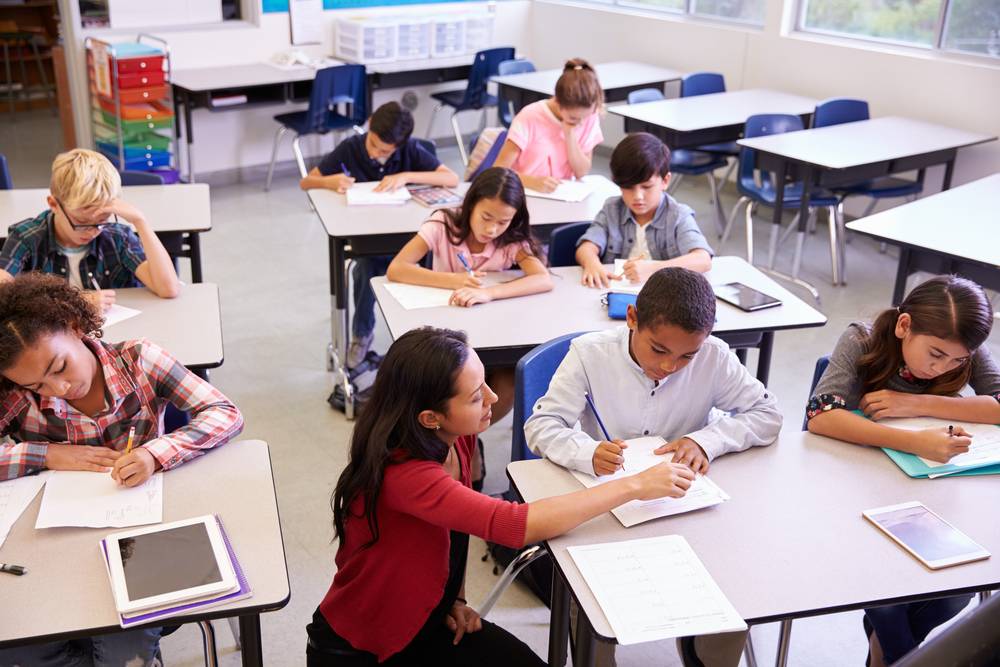The Flipped Classroom Model: Enhancing Learning Outside the Classroom
The traditional classroom setup, with its teacher-centered
lectures and passive student roles, is evolving. Enter the flipped classroom
model—a pedagogical approach that flips the traditional teaching script,
placing students at the center of their learning journey. In this innovative
model, the typical structure of in-class lectures followed by homework
assignments is reversed. Students engage with instructional content at home,
typically through videos or readings, and then come to class ready to apply,
analyze, and discuss what they've learned.
At the heart of the flipped classroom model is the idea of active learning. Instead of spending valuable class time passively receiving information, students use their time in the classroom to actively participate in collaborative projects, problem-solving exercises, and in-depth discussions. This shift from passive to active learning not only enhances comprehension but also fosters critical thinking skills and a deeper understanding of the material.
One of the primary benefits of the flipped classroom model is its ability to accommodate diverse learning styles. Students have the flexibility to engage with the material at their own pace, rewinding or pausing videos as needed, and exploring supplementary resources to deepen their understanding. This individualized approach to learning empowers students to take ownership of their education, fostering a sense of responsibility and self-directed learning skills.
Moreover, the flipped classroom model capitalizes on the power of technology to enhance education. With a plethora of online resources available, educators can curate multimedia content tailored to their students' needs. Interactive videos, simulations, and online quizzes provide dynamic ways for students to interact with the material, catering to various learning preferences and enhancing engagement.
From the perspective of educators, the flipped classroom
model offers the opportunity for more personalized interactions with students.
With traditional lectures moved outside the classroom, teachers can use
valuable in-person time to address individual questions, provide personalized
feedback, and guide students through challenging concepts. This personalized
approach strengthens the teacher-student relationship, creating a more
supportive and enriching learning environment.
In conclusion, the flipped classroom model represents a
paradigm shift in education, moving away from passive learning toward active,
student-centered engagement. By leveraging technology, fostering critical
thinking, and promoting personalized learning, this innovative approach holds
great promise for enhancing learning outcomes and preparing students for
success in the dynamic world of tomorrow.


